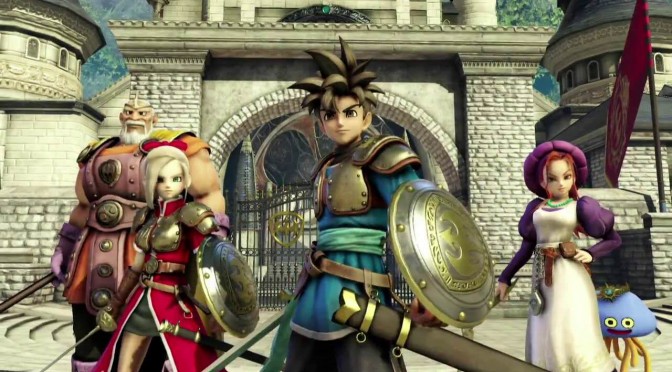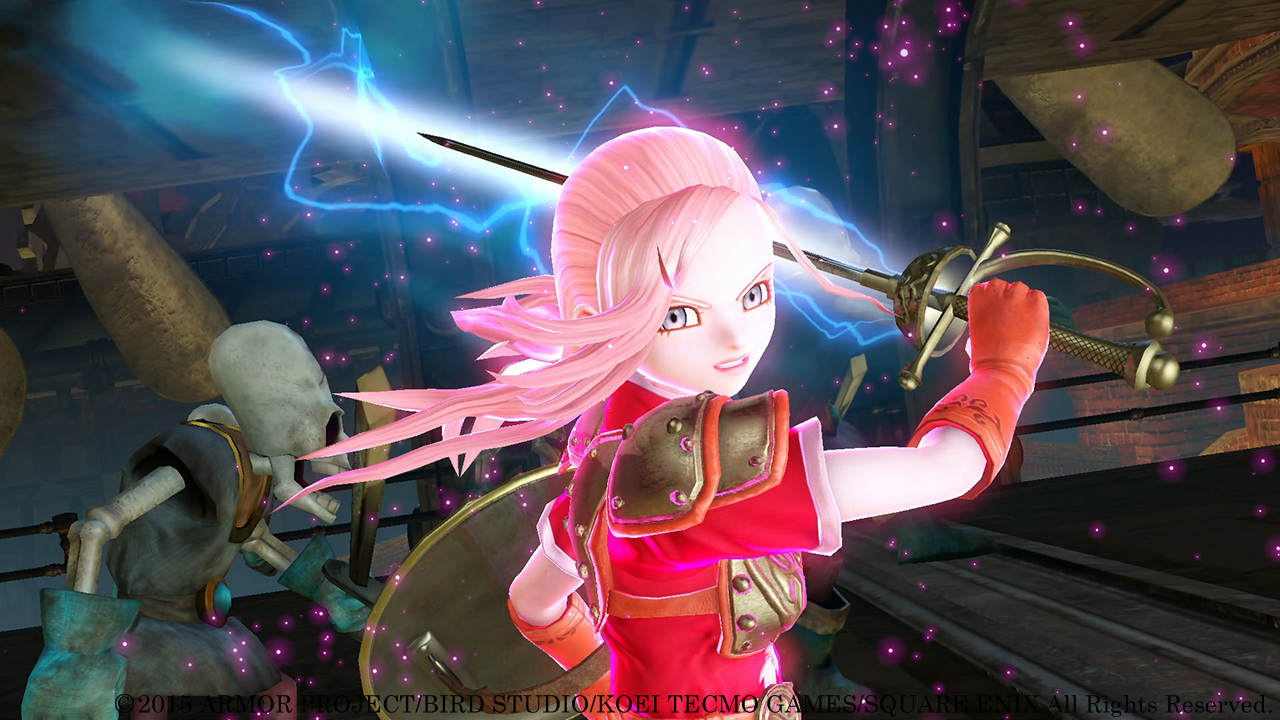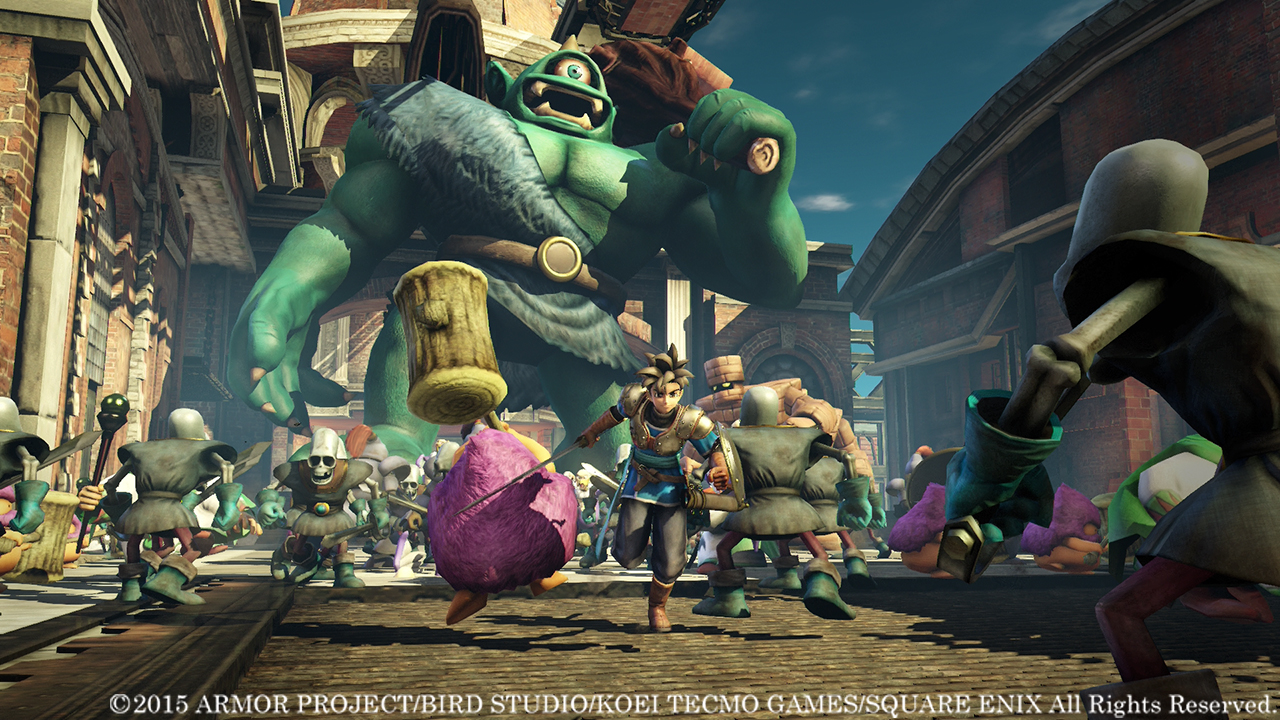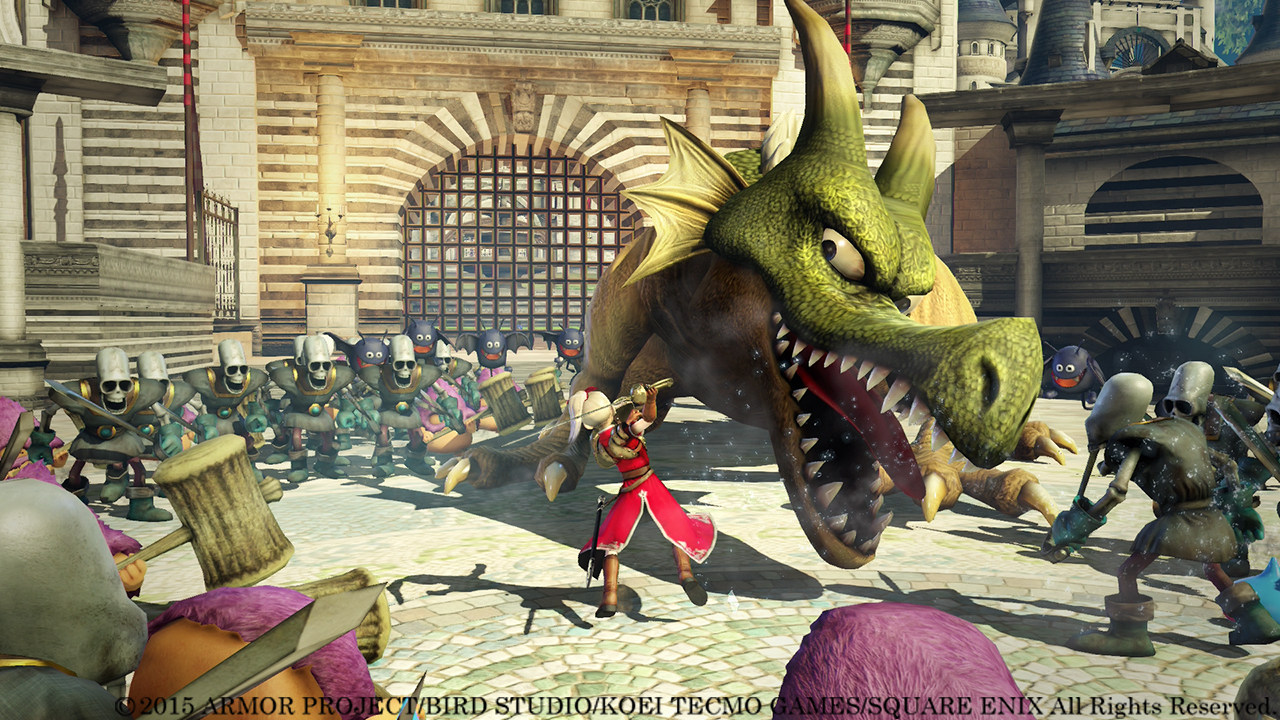It seems Koei Tecmo might have finally put together an acceptable PC port, under Square Enix’s label. Let’s get the technical stuff done with here given Koei Tecmo’s iffy history on our platform.
The good:
– The game runs well once it starts
– It functions mostly as expected
– If you’re interested in this game, I wouldn’t suggest not buying it over the technical issues it does have
The bad:
– Sometimes the game doesn’t start on Steam, I cannot figure out why but it almost always does the second time I try
– The game appears to not recognize the left trigger on my Xbox One pad, which is used for switching characters in battles, if you press tab to do it on the keyboard it then recognizes the left trigger — odd bug to say the least
In sum it’s actually a significant step-up from Koei Tecmo’s recent history on PC as far as technical issues are concerned, I’m unsure if that’s because they’ve improved QA or because Square Enix refused a release of a sub-par port. We’ll need to pay attention to future Koei Tecmo releases to see if a pattern develops, hopefully this improvement is a sign of things to come.
Now regarding the actual game, Dragon Quest Heroes: The World Tree’s Woe and the Blight Below is an entry in Square Enix’s venerable JRPG Dragon Quest franchise, done in the style of Koei Tecmo’s Dynasty Warriors hack-and-slash-a-thon franchise. Why the combo? That’s because Koei Tecmo has gone around partnering the services of their Omega Force development team with major publishers. In return Omega Force has been given access to popular IP. Prior to Dragon Quest Heroes Koei Tecmo had also done this with Nintendo and Zelda in the form of Hyrule Warriors for Wii U.
It’s weird to see musou-type games, where essentially you’re dropped in arena-like levels to wipe out massive waves of enemies, combined with Zelda and Dragon Quest but it seems to work. Hyrule Warriors received fairly positive reaction and having played Dragon Quest Heroes, even if it is a bit mindless, it’s still fun and features Akira Toriyama (of Dragon Ball fame) levels of cute.
The story features the common ‘too much talking’ of many Japanese games, these developers like their wordy cutscenes and intros but most of the cutscenes are of little consequence and can be skipped for the action. Often times these cutscenes are filled with jokes about how long they’ve taken, when I’d rather they have just taken less time. I’m trying to think of franchises where I actually get something out of the cutscenes, I’m left with Shenmue, Yakuza and Half-Life…. Maybe I’m forgetting some. The official premise is that the monster’s have turned on their human friends, our heroes set out to learn “why?”
Anyways, cinema isn’t the game’s strongsuit, the real reason we’re actually here is to cut some bitches.
The game does feature an Action-RPG style upgrade system, items, skills, etc. I mostly wore items depending on whether they looked cool or not, very materialistic I am. The skills grant access to your full range of spells and provide you the usual benefit options regarding survivability of your hero or party member. In total you have four party members but you’ll enlist more than four heroes, so each of these heroes will need to be individually managed regarding their own equipment and skill trees. It also features an alchemy crafting system, and summonable monsters to help you fight your battles or guard defensible areas.
It takes quite some time for threats to develop on Dragon Quest Heroes’ battlefields. For most of the early portion of the game you’ll bop, slash and whack what seem to be mostly docile enemies who represent no significant threat. You’ll be left to wonder why every character in the cutscenes is so worried about the monster population turning on them, given the monster’s and their inability to mount an effective offensive. The fun to be had with these mindless engagements is mostly in spectacle. Eventually challenge arrives in the form of giant slimes, golems and so forth as they begin arriving on battlefields. Capable of wiping your party out with ease these are the true threat to your heroes in most battles, the small monsters were fodder for which you could over-prepare with in time for your Heroes’ true test.
The main asset for these more challenging battles is tension, which builds up per hero in your party. Once the meter is full and activated it grants temporary invincibility and powerful attacks. Given the ability of each party member to build tension during battle, primarily by killing those mass waves of harmless and defenseless slimes, it’s possible to essentially build large ultra-combos by rapidly switching to each hero and in succession activating their tension meters to bring some large monster to their proverbial knees. In the sequel to get to the slimes you’ll first need to eliminate a wave of PETA activists who, in their righteous indignation, protest your endless (virtual) slaughter.
If you like Dragon Quest, if you like Dynasty Warriors/musou, if you like Dragon Ball or Akira Toriyama and if you can get over what I found to be minor technical issues, buy Dragon Quest Heroes: The World Tree’s Woe and the Blight Below.
Also hope it’s a sign of things to come regarding Koei Tecmo’s port quality!
Spencer joined us in early 2015, previously a console centric gamer he switched to PC a few years ago. He later helped push for an increase in Japanese content on PC with the #SEGAPCPorts campaign. Previously he ran a SEGA fansite as well as co-hosted a gaming podcast. He thinks Duke Nukem 3D is the best FPS of all time, his text message alert on his phone is literally Duke Nukem saying “Let God sort ’em out.”
Contact: Email




